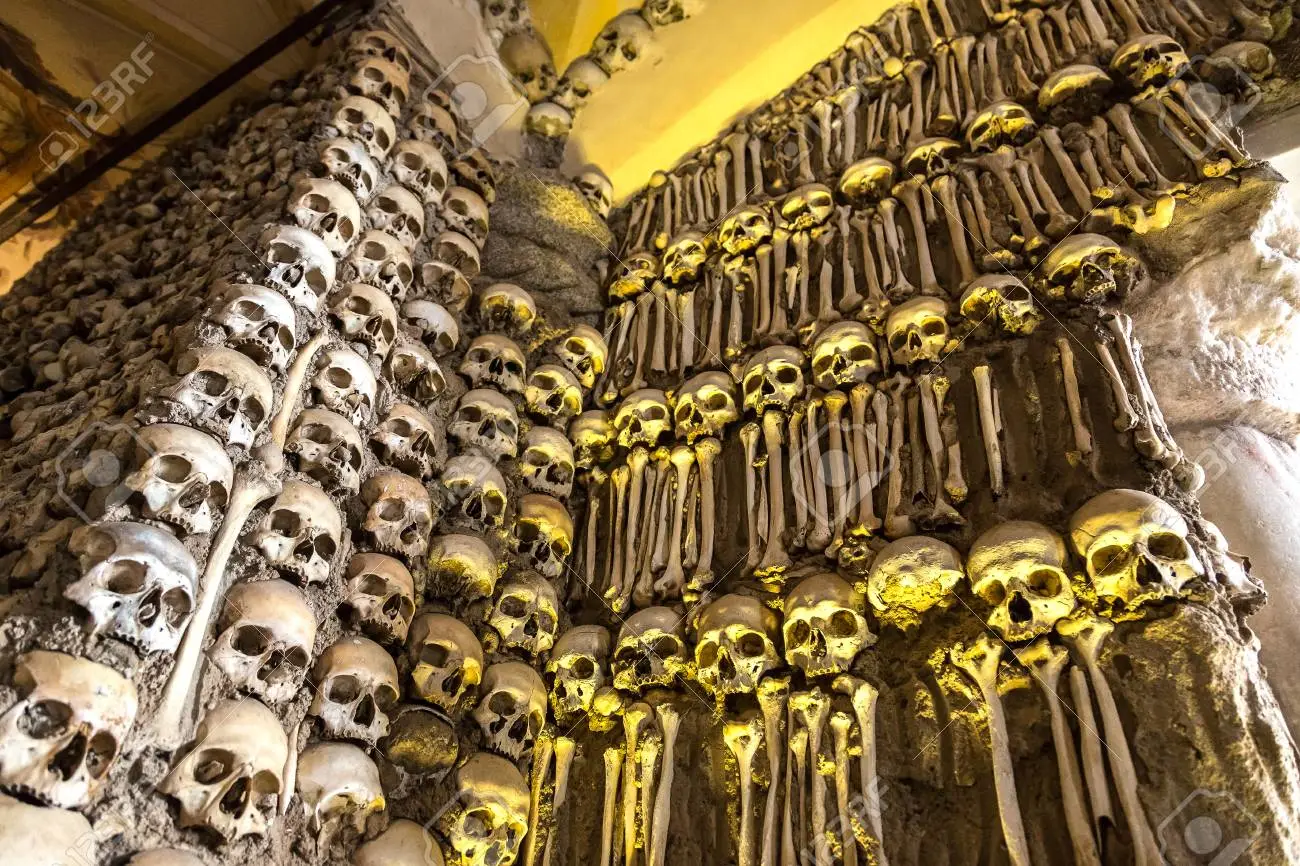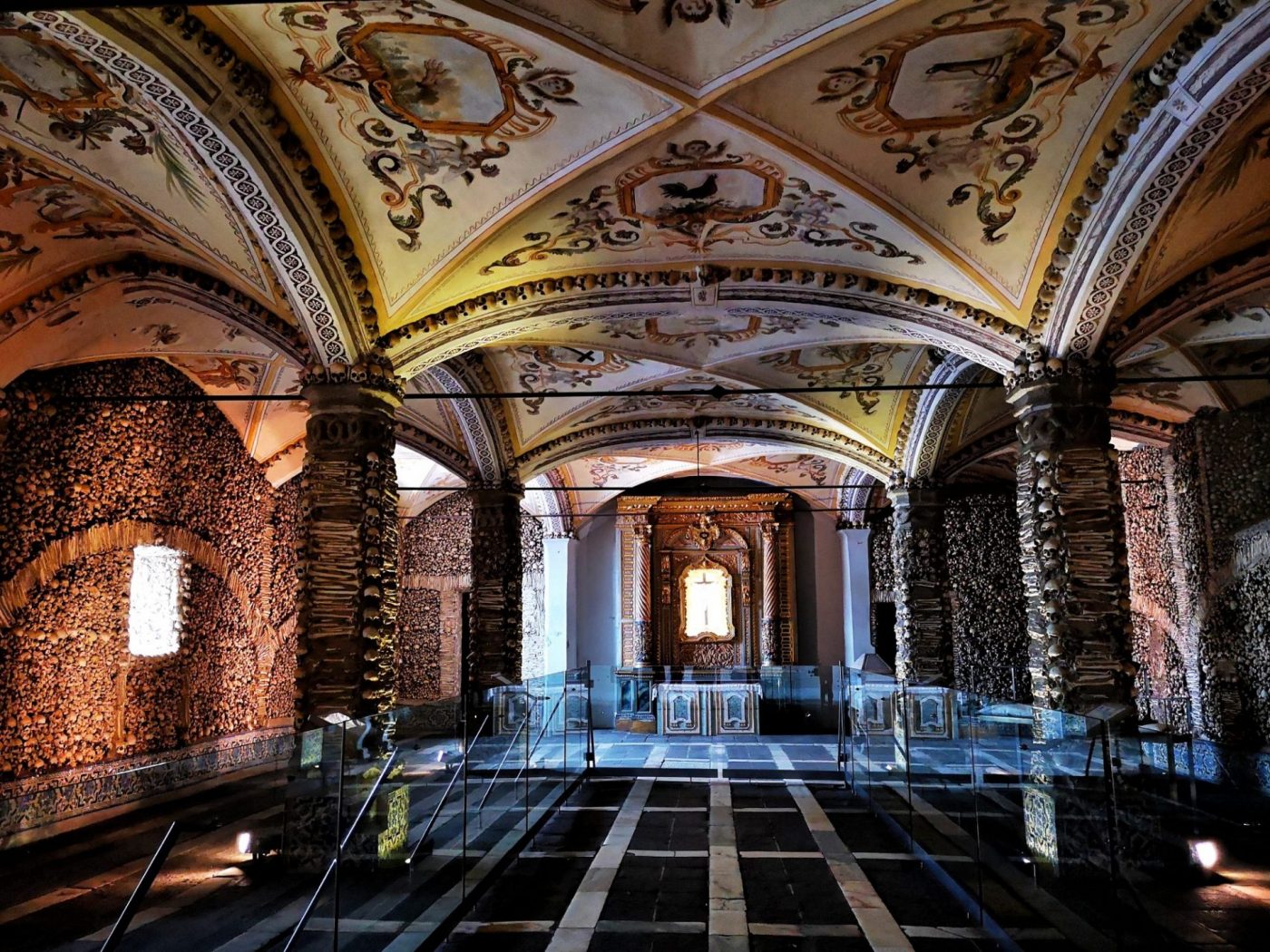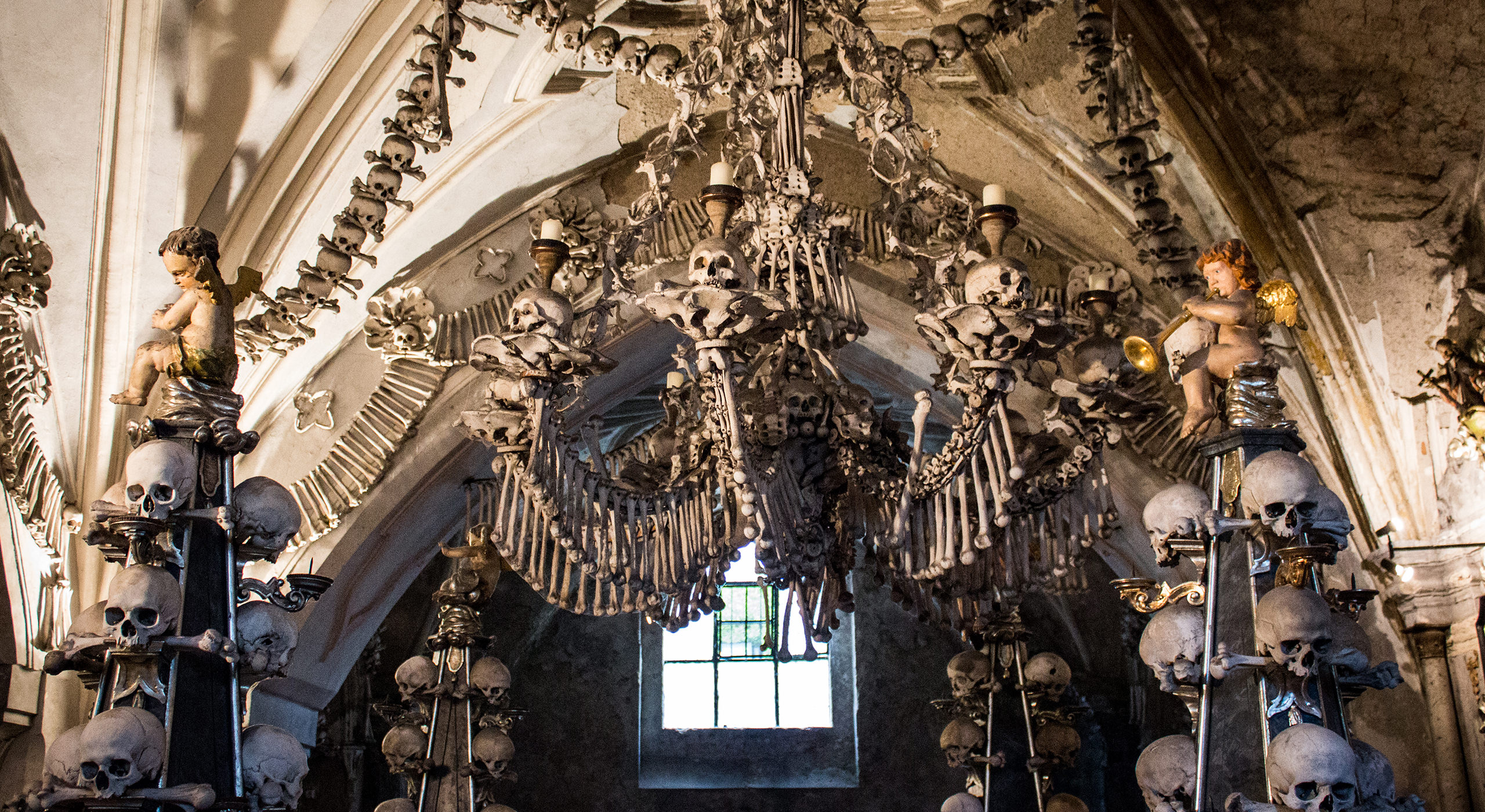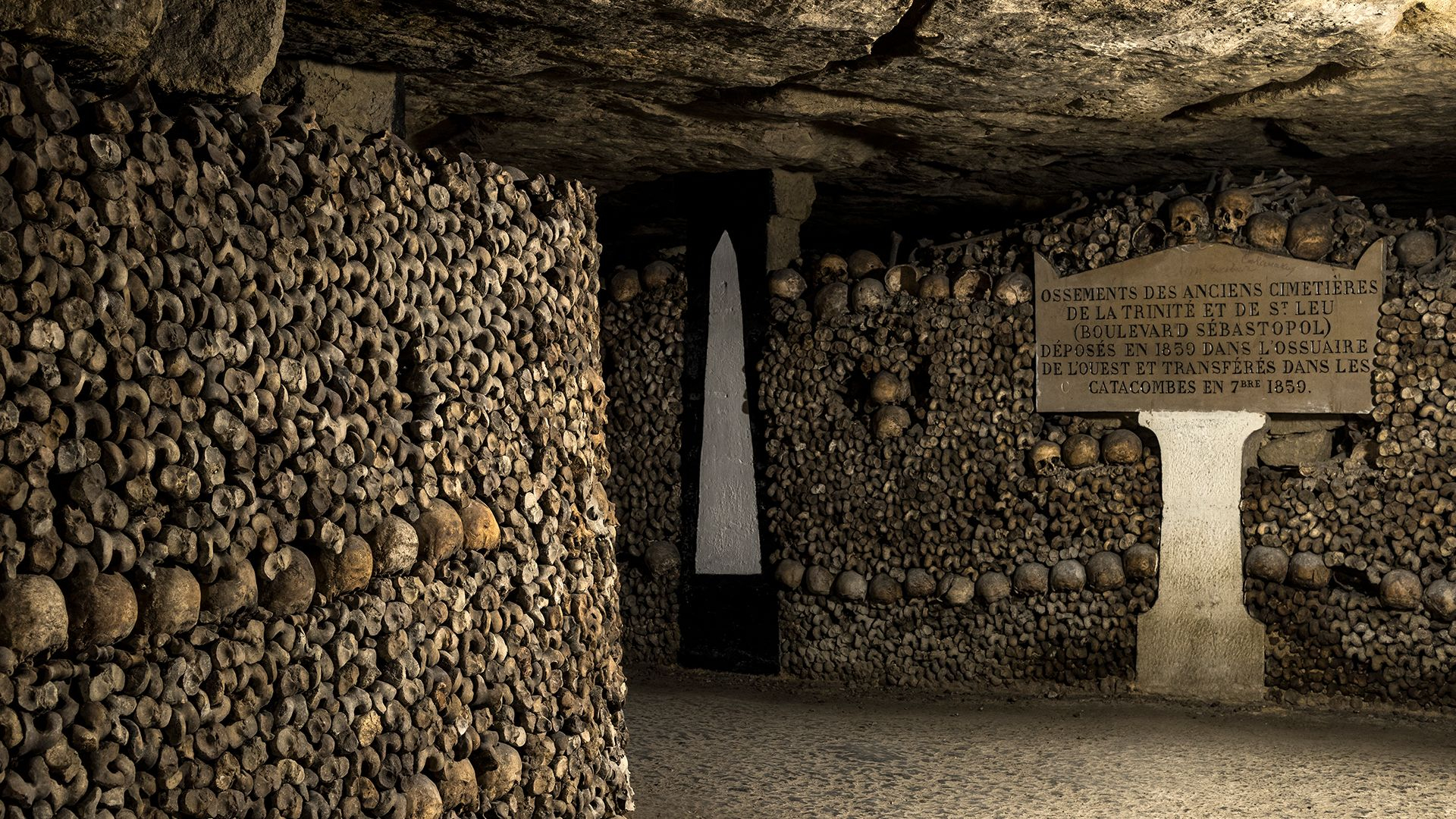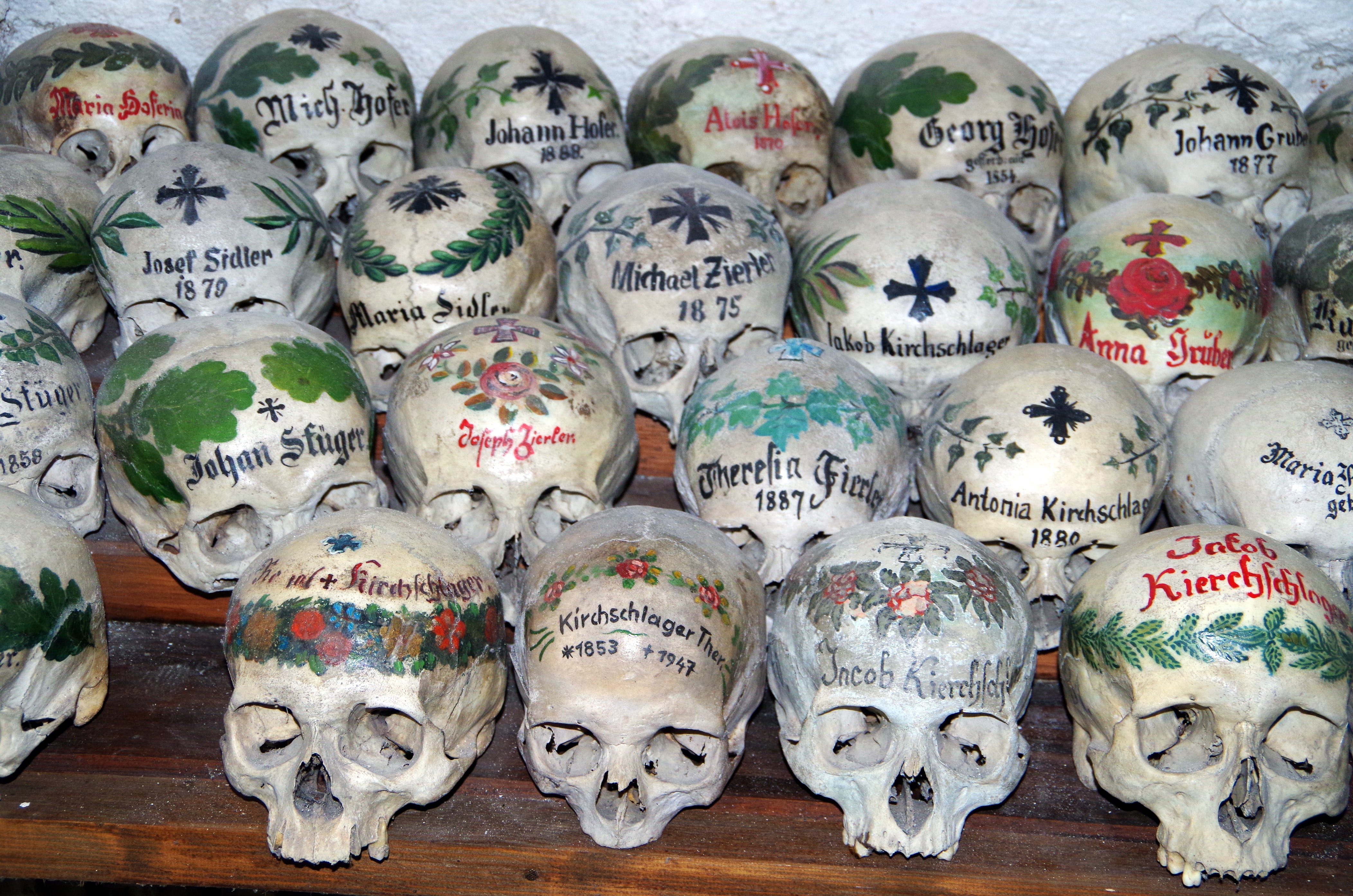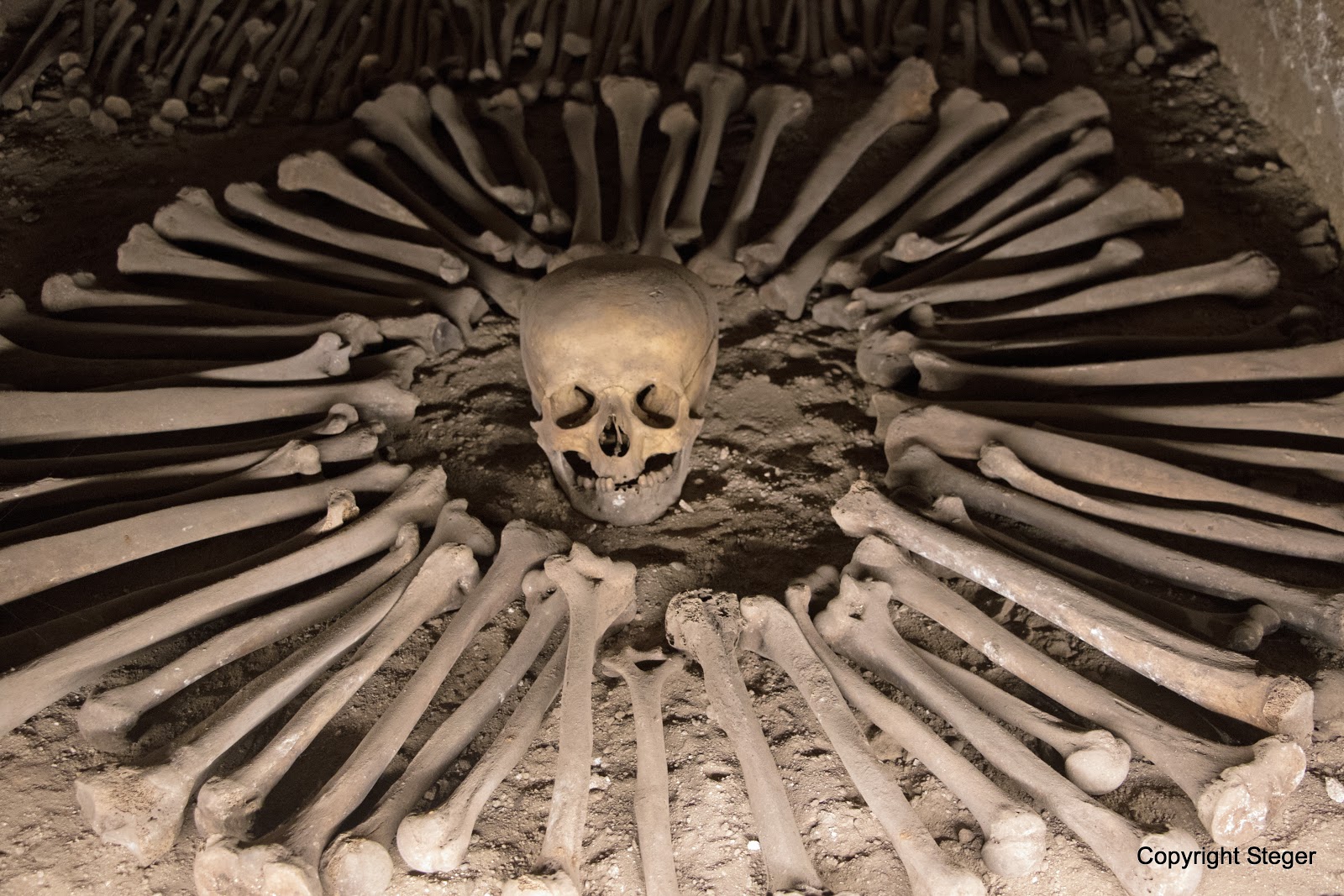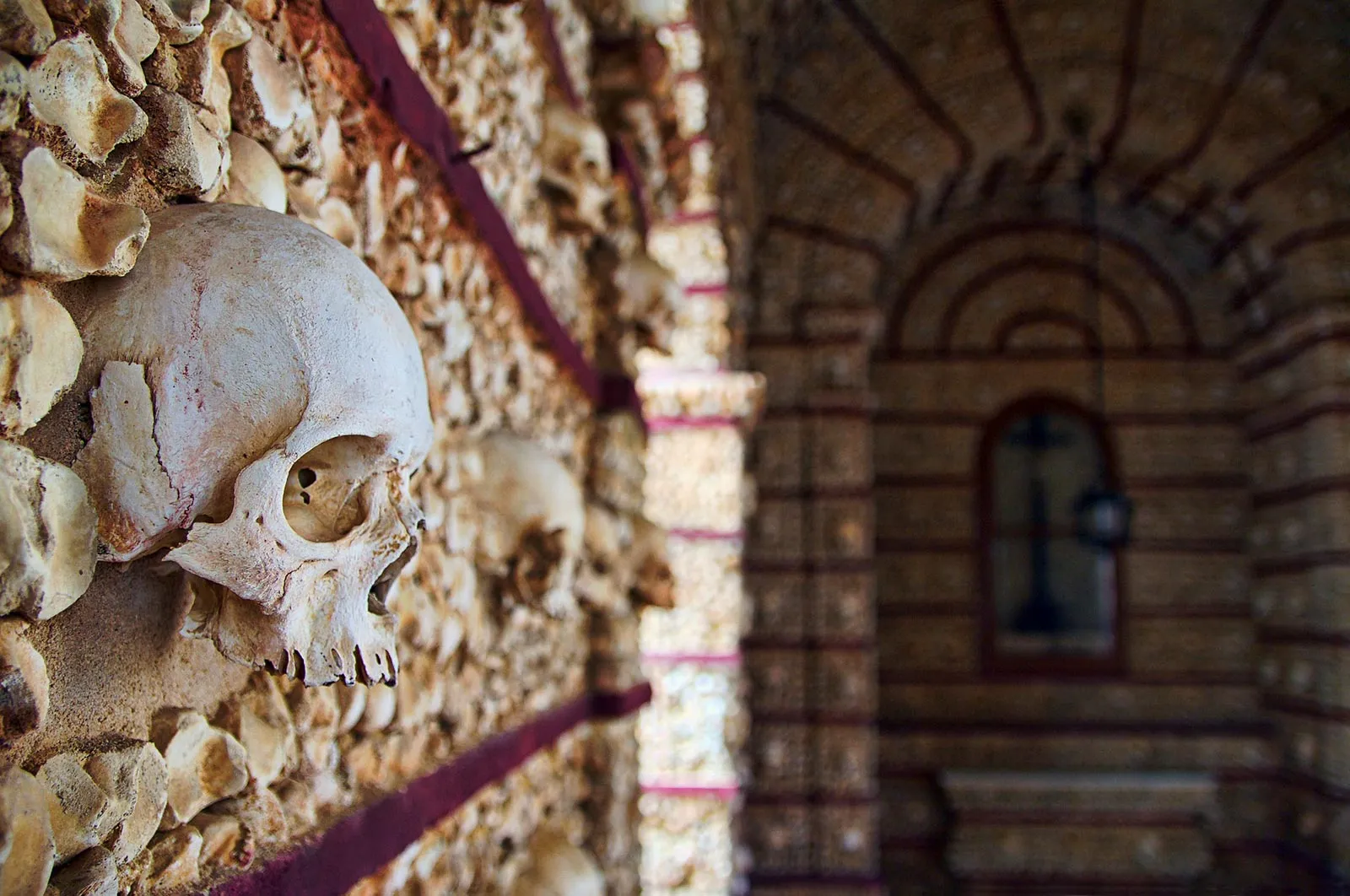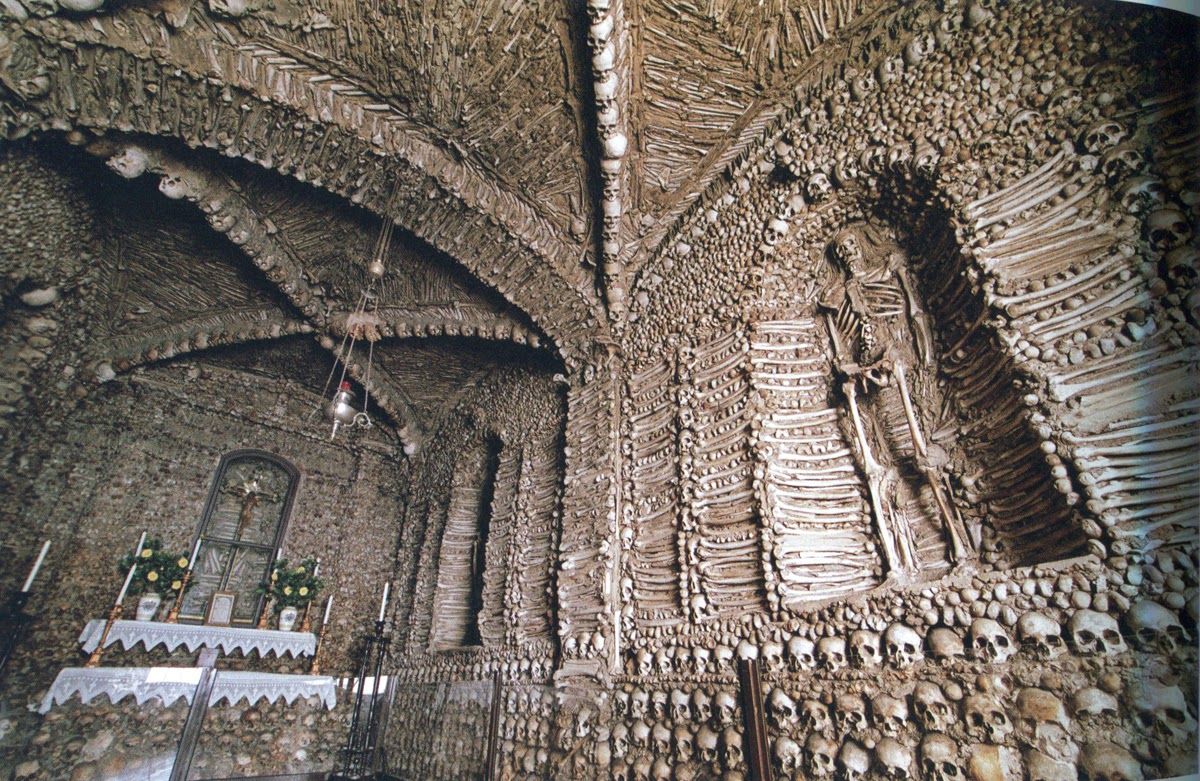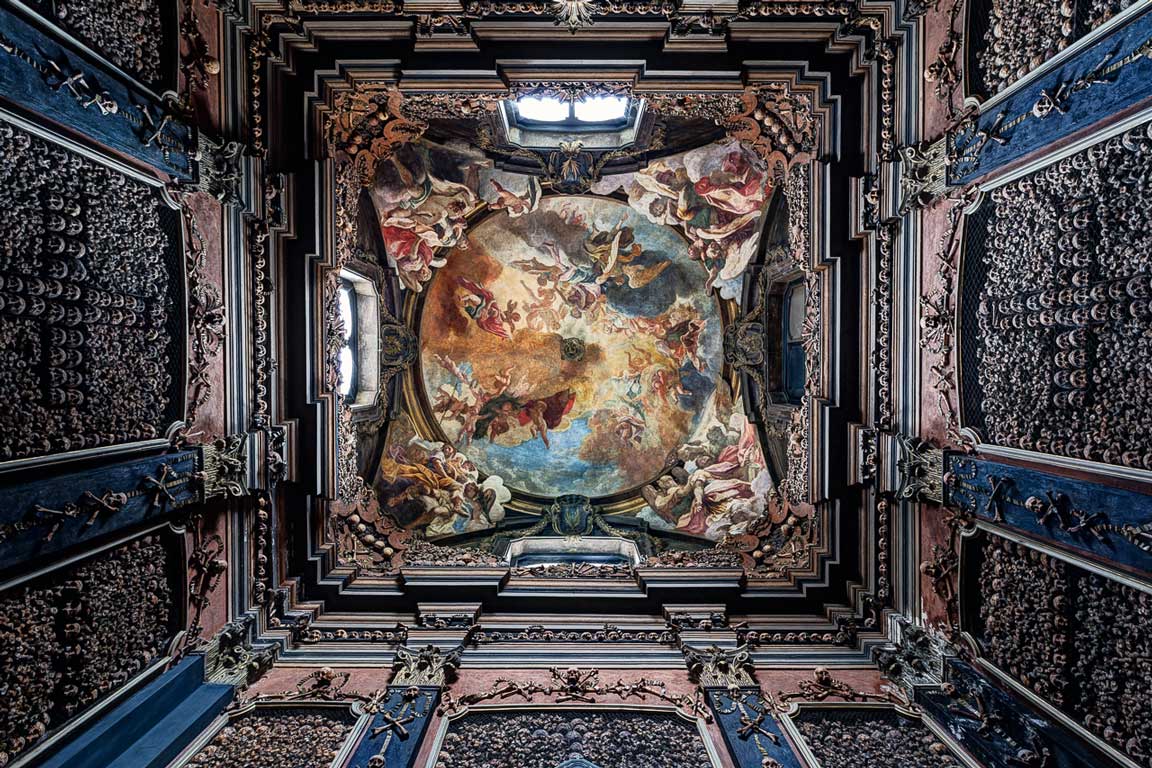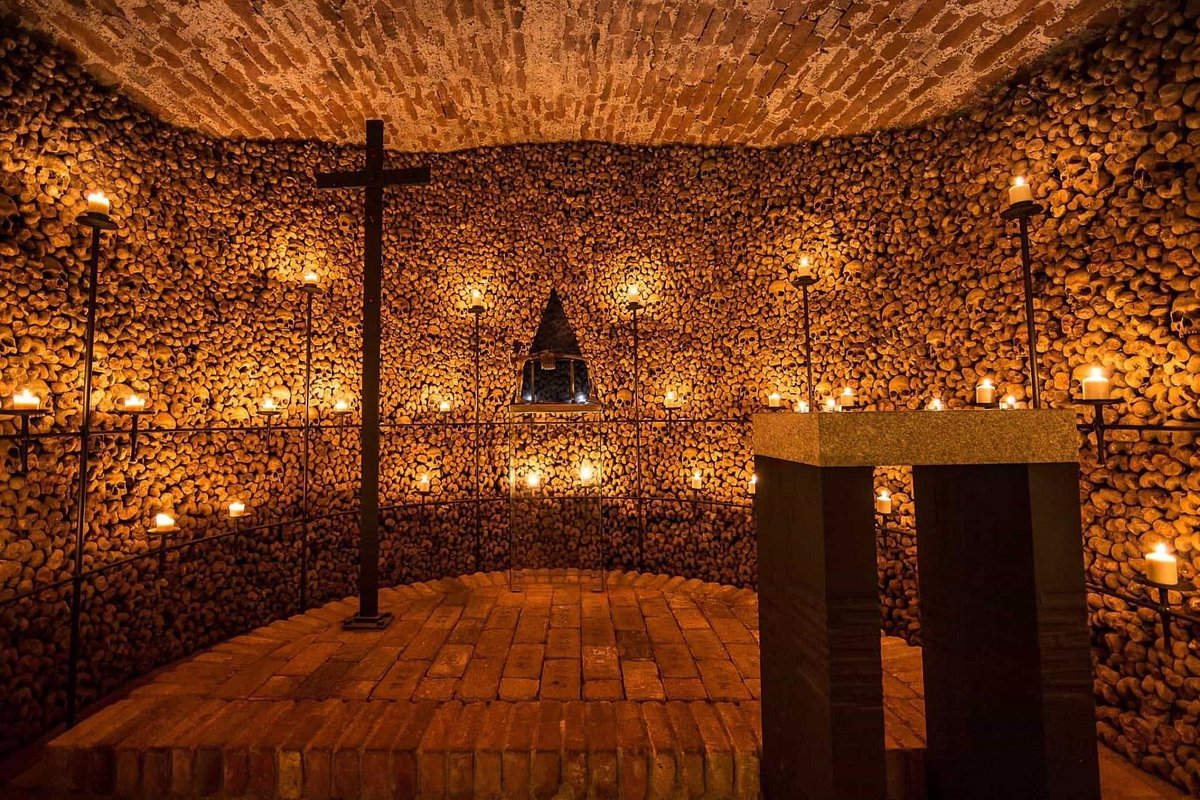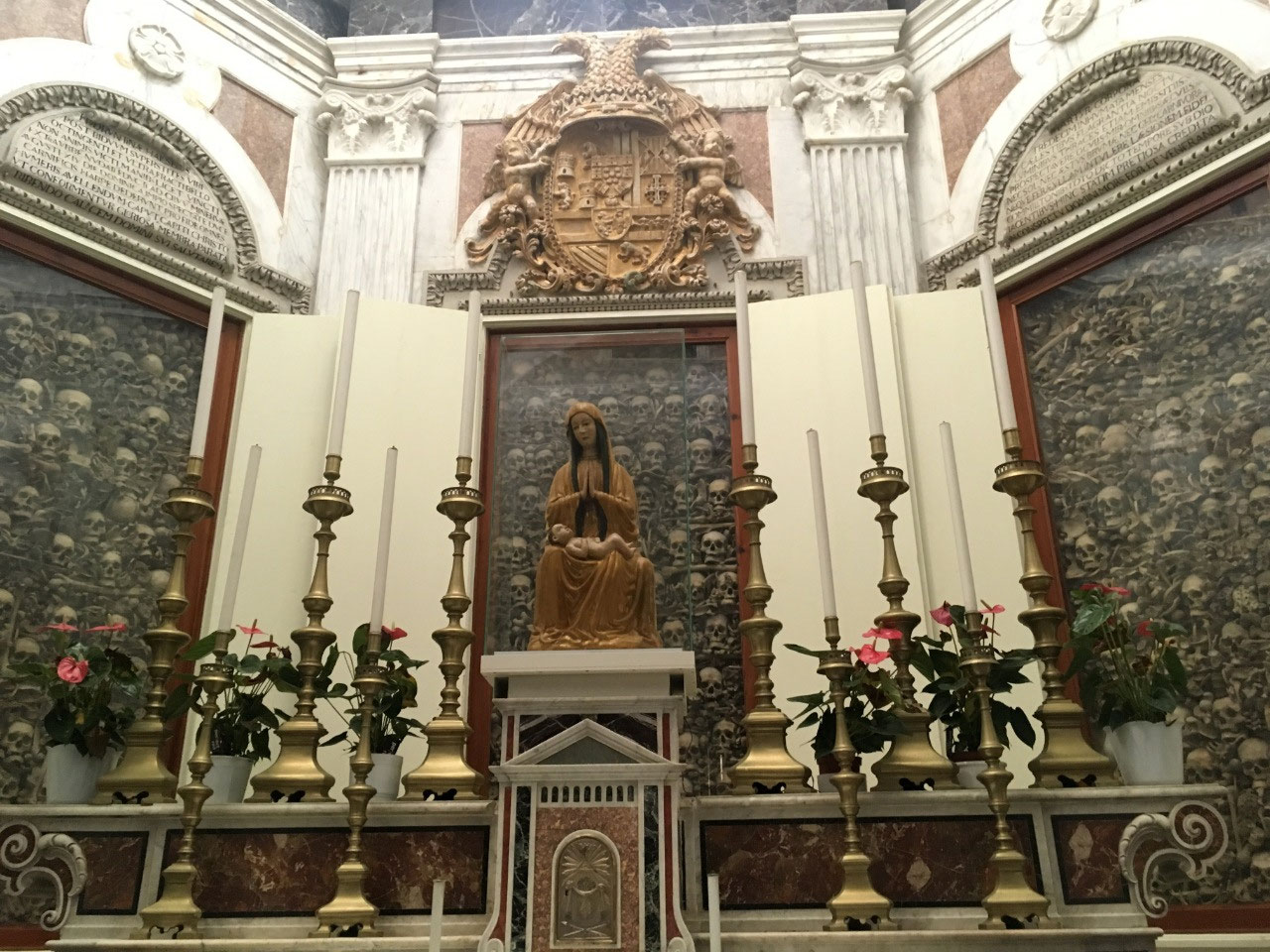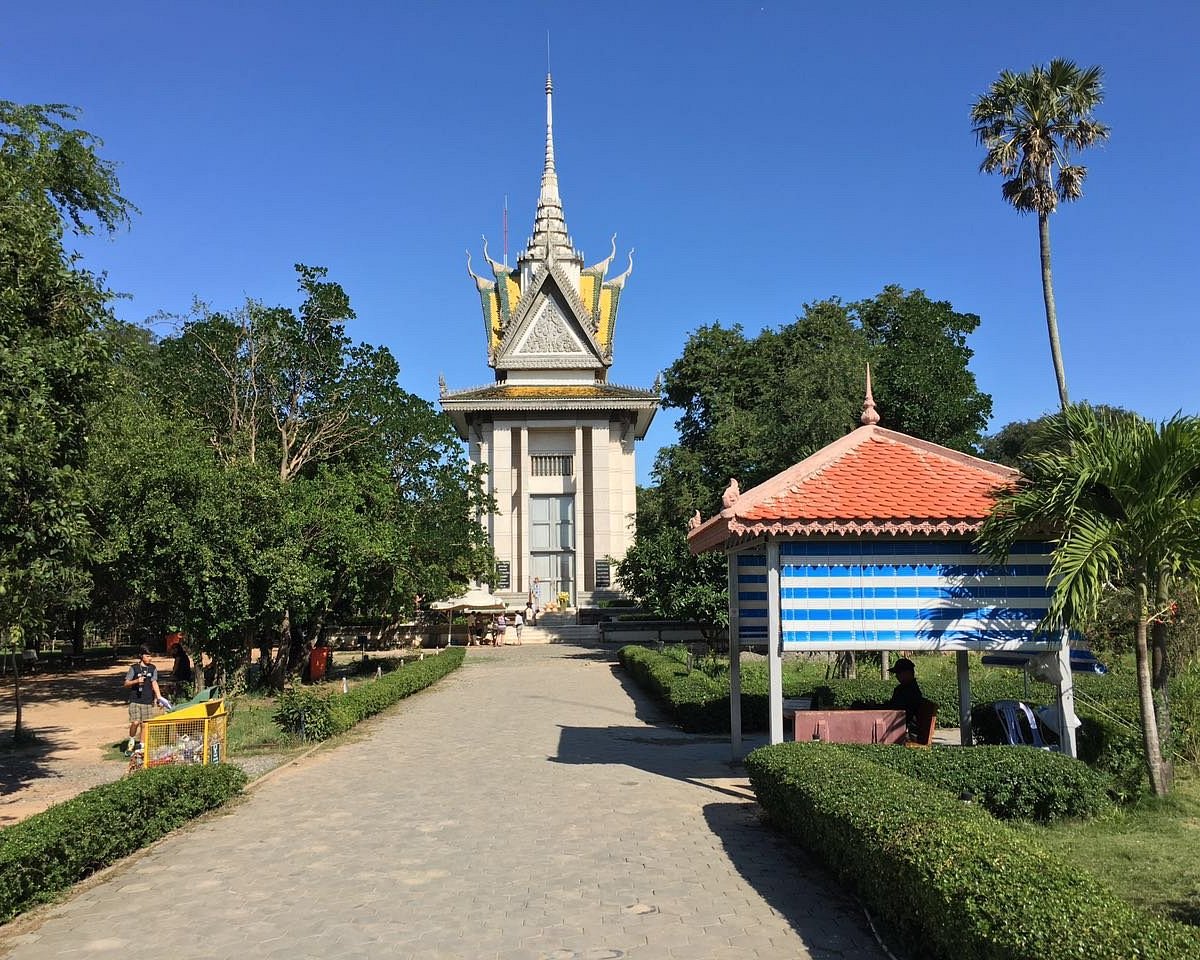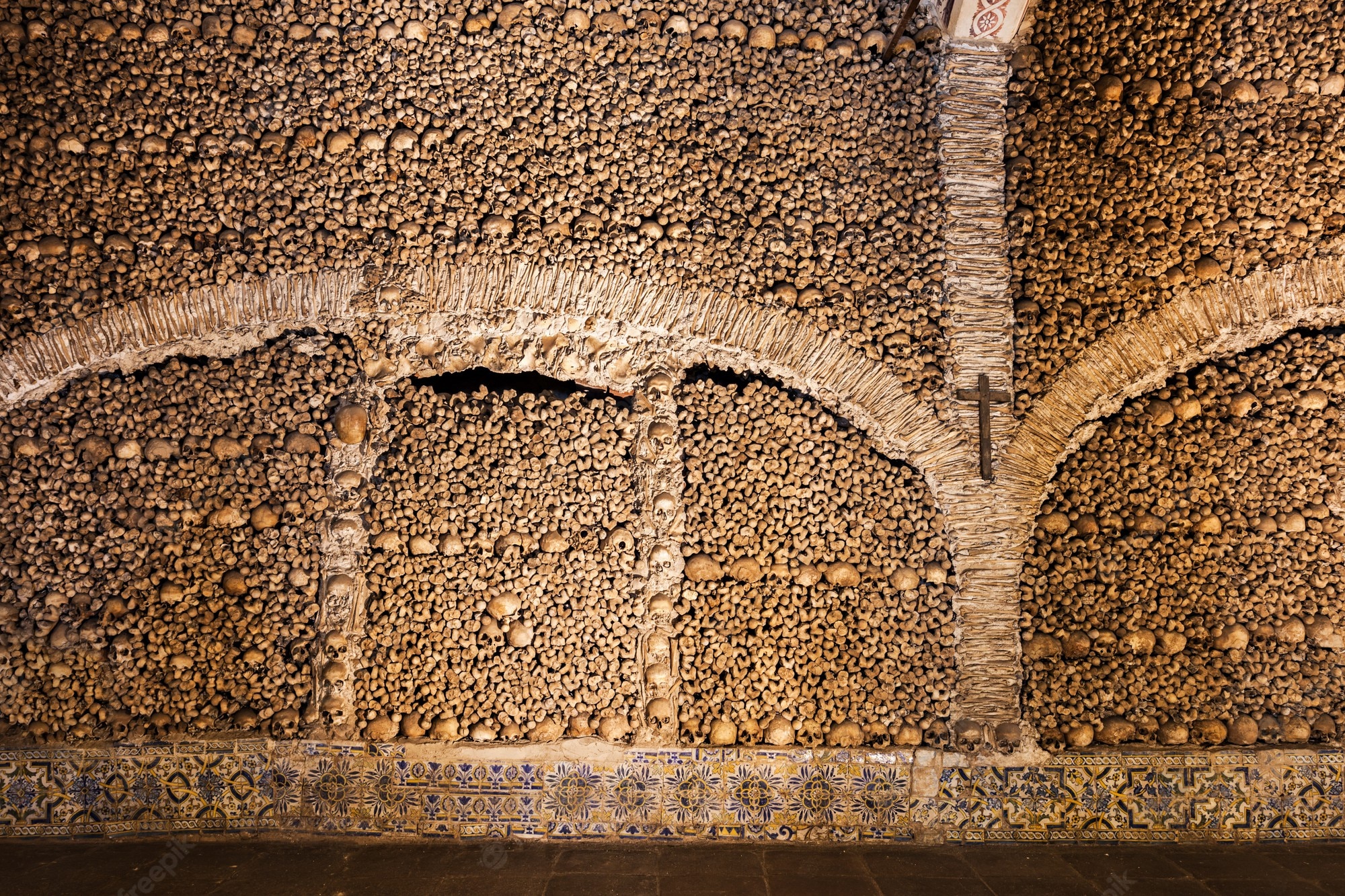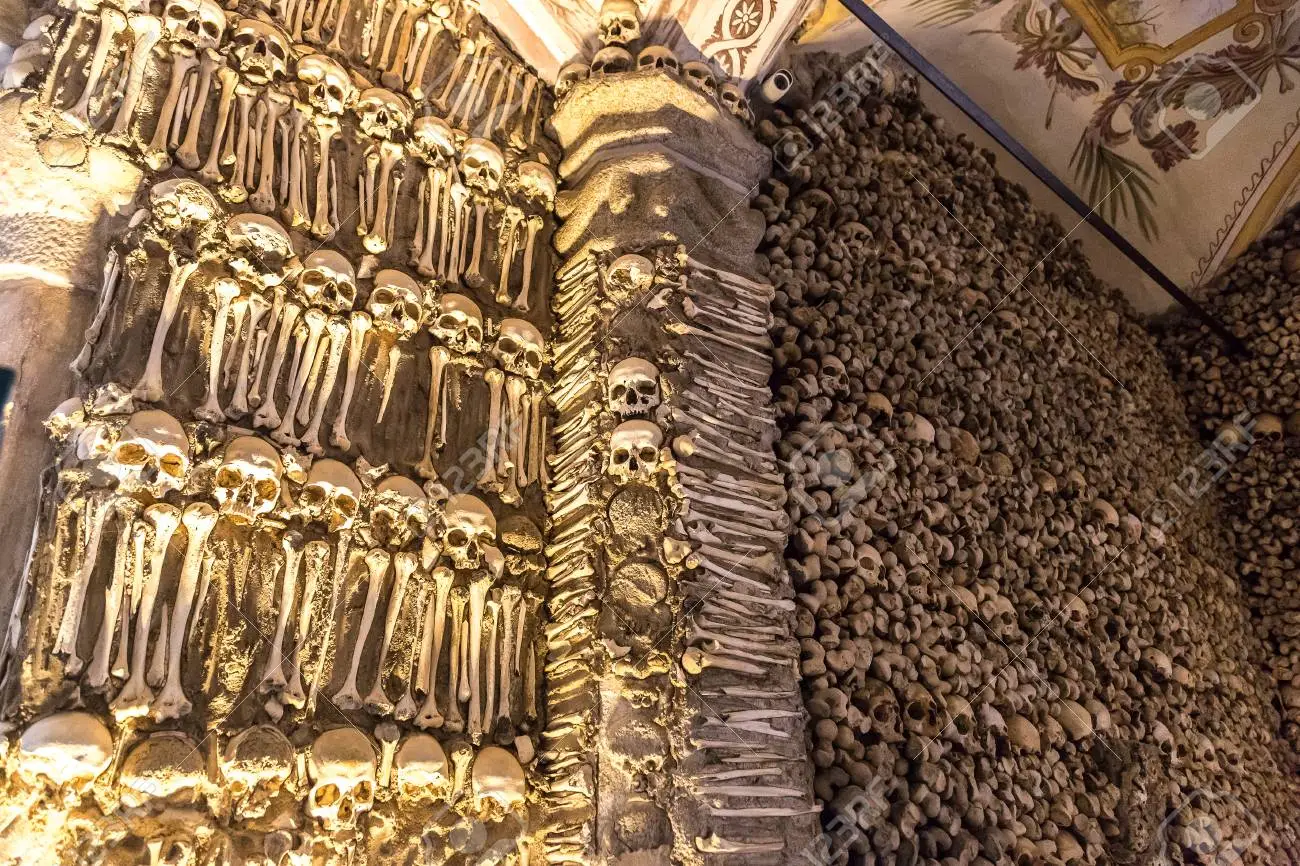Chapel Of Bones - The Fascinating Stories Of The Churches Of The Dead
The Chapel of Bones in Evora, Portugal, is at the top of our bizarre list. We entered the Twilight Zone as we entered the gruesome domain of this ossuary.
Author:Maya ReyesReviewer:Finn WildeDec 18, 202422K Shares959.4K Views
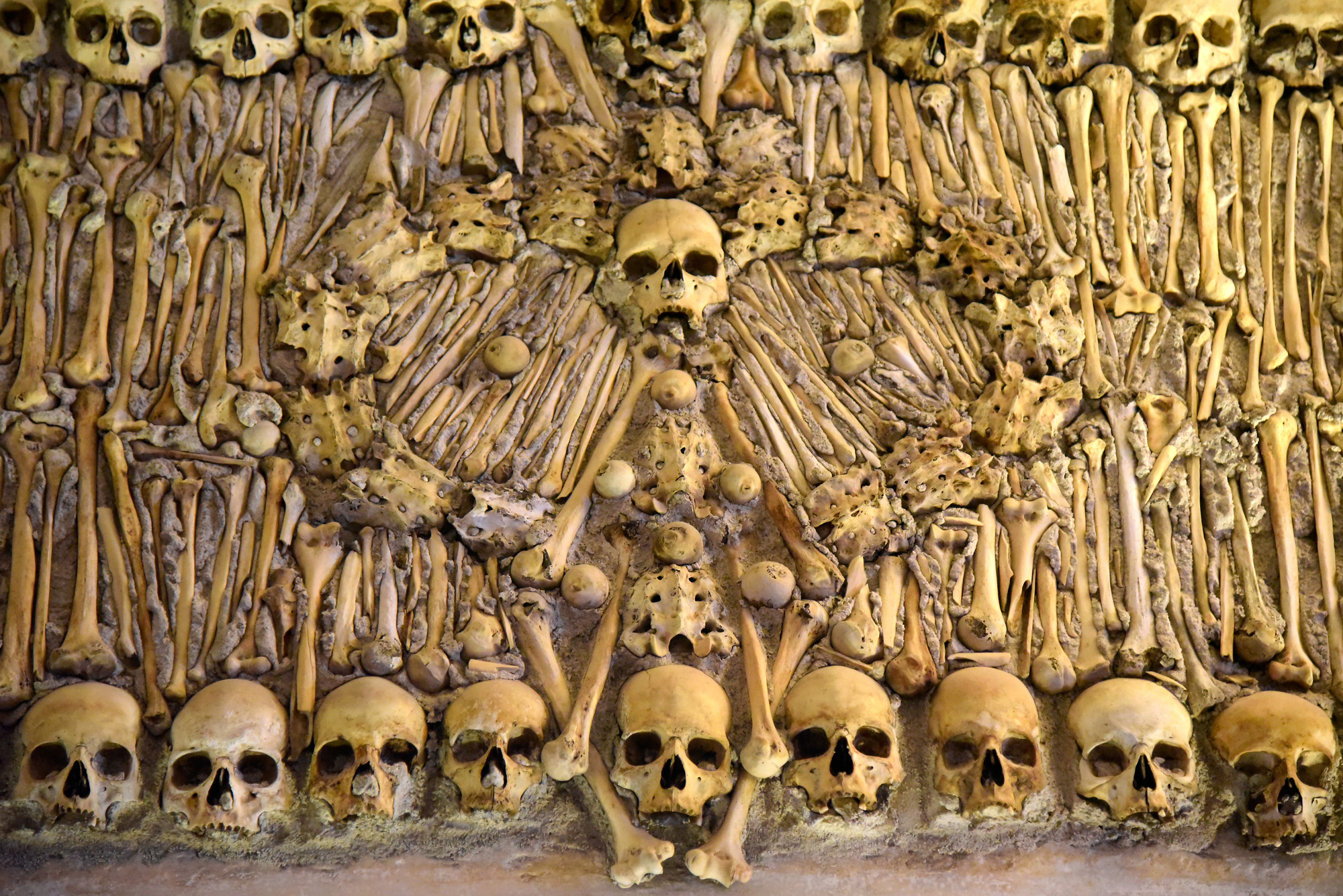
Without a doubt, we've seen some creepy locations. The Chapel of Bonesin Evora, Portugal, is at the top of our bizarre list.
We entered the Twilight Zone as we entered the gruesome domain of this ossuary. And we believed we'd stumbled onto something special. That is not the case. In fact, it isn't even Portugal's sole church of bones.
Buildings lined with human bones and skulls, whether named an ossuary, a bone church, a chapel of bones, or anything else, exist.
Many were constructed to alleviate cemetery overpopulation without honoring the deceased.
In fact, several faiths consider it an honor to exhibit one's bones. Others regard it as a horrifying show of inhumanity.
Travel Bloggers Highlight Various Chapel Of Bones From Around The World
Despite their gloomy appearance, these churches have a captivating quality about them. Travelbloggers from all over the globe have visited the many chapels of bones, and many have shared their tales below, beginning with the chapel of bones in Evora, where we went.
Capela Dos Ossos (Chapel Of Bones), Evora, Portugal
Three Franciscan monks constructed the Chapel of Bones Evora in the 16th century using the skulls and bones of an estimated 5,000 individuals buried in the cemetery. The monks' bones are buried in a tiny white tomb to the right of the main altar.
The monk's twin aims were to remedy an overcrowded graveyard issue and to create a location for the town's residents to reflect on the inevitable, memento mori being a popular religious subject at the time.
The invitation written above the door, continuing the concept and framing the entry, says (translated): "We bones that are here, for your bones we wait."
The ossuary is situated behind the St Francis Church. When we inquired about directions, the tourist board made it clear that this isn't the only thing to visit in Evora. While they are accurate, the ossuary should not be overlooked.
Sedlec Ossuary, Kutna Hora, Czech Republic
The Sedlec Ossuary, located in Kutna Horain the Czech Republic, was once just another ossuary housing excavated remains from the local cemetery, but it has since become renowned for its unusual and beautiful arrangement of human bones.
The modest church is lavishly adorned with 40,000-70,000 human bones, which have been meticulously fashioned into anything from a massive chandelier to an aristocratic family's coat of arms.
Over 200,000 people visit this church adorned with skull garlands every year, making it one of the most popular tourist destinationsin the Czech Republic.
Paris Catacombs, Paris, France
The Catacombs of Paris are one of the most fascinating subterranean places in Paris, as well as one of the most popular tourist attractions in the City of Lights.
Originally, the Catacombs of Paris were subterranean quarries that were utilized to collect stone for new projects in Paris since the Middle Ages.
When the city council decided to shift all of the cemeteries inside the city's bounds towards the end of the nineteenth century, these abandoned quarries were repurposed into subterranean ossuaries.
The 'Paris Municipal Ossuary' eventually became known as the Paris Catacombs, after the Roman catacombs, which had piqued the public's interest since their discovery.
Despite its remote position in comparison to other attractions such as Notre Dame or the Louvre, the Catacombs of Paris are a popular tourist attractionwith lengthy lineups. We suggest purchasing skip-the-line tickets to avoid wasting time outdoors.
Hallstatt Charnel House, Hallstatt, Austria
Hundreds of beautifully painted skulls draw tourists to this bone church in the otherwise picturesque Austrian town of Hallstatt.
Skull painting is mostly a 19th-century practice. It began in the 1700s as a method of identifying remains that had been transferred from congested gravesites.
Paint has been applied to more than half of the 1,200 skulls piled in Haalstatt. Many have names, occupations, and death dates.
The most recent additions came from a lady who died in 1983 and requested that her remains be interred here.
The Charnel house is near the 12th-century St. Michaels Chapel, which is situated behind the Catholic church. It's just a kilometer from the well-known Salzwelten (salt mines).
Basilica And Convent Of San Francisco, Lima, Peru
The Basilica and Convent of San Francisco, painted a vivid yellow and tiled with stunning irregular tiles, is one of Lima's most distinctive sights.
The basilica's main porch is a superb example of Spanish Baroque-style architecture, and when I went, the whole hall was reverberating with the chorus performed by the local choir in rehearsal.
The monastery next door has a convent, a library, and a catacomb that can only be accessed by signing up for a guided tour. It was my first visit to a catacomb, and the experience left an indelible effect.
More than 25,000 people were interred in the catacomb, and the skulls and bones survived hundreds of years of earthquakes and other natural calamities.
It was used as a burial ground in Lima until 1808, when the municipal cemetery began to serve the city.
Capela Dos Ossos, Faro, Portugal
The Capela dos Ossos in Faro isn't as well-known as the more well-known chapel in Évora, but that's not always a bad thing: the ideal way to see one of these bone chapels is when you're the only one in there.
Visiting the Capela dos Ossos, which is made up of the skulls and bones of over 1,000 different individuals, is both scary and thought-provoking.
That's precisely what the monks who created it were aiming for. "Pára aqui a considerar que an este estado hás-de chegar," states a sign over the door (stop here and consider that you will reach this state too).
Add this interesting cathedral to your Algarve agenda if you need a reminder of your mortality or simply want something different to do in Faro.
Skull Chapel, Czermna, Poland
The walls and ceiling of the Kaplica Czaszek of St. Batholomew's Church in Czermna, Poland, are decorated with nearly 3,000 bones and skulls.
The majority came from mass graves of those who died in battles throughout the 17th and 18th centuries. Others perished as a result of cholera, plague, or syphilis outbreaks.
In the crypt under the cathedral, a trap door revealed the bones of another 21,000 people.
In 1776, work on the building started. It took just two individuals 18 years to build the church, clean the bones, and arrange them elegantly.
The skulls of the two builders may be located in the altar in the center of the structure. "Arise from the Dead," says the Latin inscription on the altar.
San Bernardino Alle Ossa, Milan, Italy
If you enter the church of San Bernardino alle Ossa and turn right instead of left, you'll find an unexpected and interesting sight: a little chapel filled completely with bones.
This ossuary originated from the 13th century and is embellished with 17th-century murals.
Sitting inside the church, you'll see bones climbing the walls all around you, with skulls conspicuously displayed in certain areas.
The bones are said to be largely from patients who died at the neighboring Brolo Hospital, as well as from surrounding cemeteries.
According to legend, the skulls found over the entrance may have originated from a different source, such as executed captives.
San Bernardino alle Ossa is a free-to-enter museum situated less than a 10-minute walk from Milan's famed Duomo, making it an easy addition to any Milan itinerary.
Brno Ossuary, Brno, Czech Republic
The Brno Ossuary is Europe's second-largest ossuary, with approximately 50,000 bones from individuals who perished largely during the Black Death.
Because of its position under the church of St. James, it is also known as the Ossuary beneath the church.
There are various routes with bones stacked up against the walls and on the ground. There are also some whole examples of children's bones on exhibit. Those who did not succumb to the epidemic perished as a result of combat wounds.
It's made much creepier by the fact that some of the skulls still retain their teeth. The admission price is rather low, at 70 CZK (about 3 USD).
Ossuary Chapel Of The Cathedral Of Otranto In Otranto, Puglia, Italy
One of the most significant things to do when visiting the Adriatic Coast of Puglia, Italy, is to see the Ossuary Chapel of the Cathedral of Otranto.
The remains of the Martyrs of Otranto, 800 residents who refused to abandon their Christian faith and convert to Islam during the siege of Otranto by Ottoman troops in 1480, are housed in the Roman Catholic Cathedral dedicated to the Annunciation of the Virgin Mary.
The victims were beatified in 1771 and canonized on May 12, 2013, after being decapitated on the Hill of Minerva.
Their remains are maintained under glass and on exhibit at the Cathedral of Otranto's Ossuary Chapel, which is available to the public.
Choeung Ek Genocidal Centre – The Killing Fields, Phnom Penh, Cambodia
The 'Killing Fields' at the Choeung Ek Genocide Centre on the outskirts of Phnom Penh, Cambodia, are one of the most somber sights to visit as a 'dark tourism' destination.
A glass stupa (tower) meticulously packed with the bones of 9,000 victims serves as a memorial of the Khmer Rouge's atrocities from 1975 to 1979.
The dictatorship slaughtered an estimated 1.7 million Cambodians in total. On the Choeung Ek site, which has 129 mass burial trenches and where bones and clothes still resurface after severe rains, almost 20,000 people were slaughtered.
An audio tour takes guests through the grounds and concludes with the stupa to tell the terrible narrative.
The stupa contains ten layers of human bones, a reminder to the tragedies that took place barely 40 years ago.
Tips For Visiting An Ossuary
The Capela dos Ossos Évora in Portugal is the only church constructed of bones that we have personally seen. While these suggestions are particular to the ossuary, they are equally applicable to other ossuaries.
- Respect each other.
- Remember that although adults may find an ossuary tour intriguing, children may find it disturbing. This is particularly true in Evora. Evora's bone chapel, like most others, has beautiful decorations. Evora, on the other hand, adds two whole skeletons hanging from chains, one of which is a toddler.
- The Capela dos Ossos is open in the morning and later in the afternoon. There are just a few hours available, which may be found here.
- There is a minor admission charge as well as a cost for taking photographs.
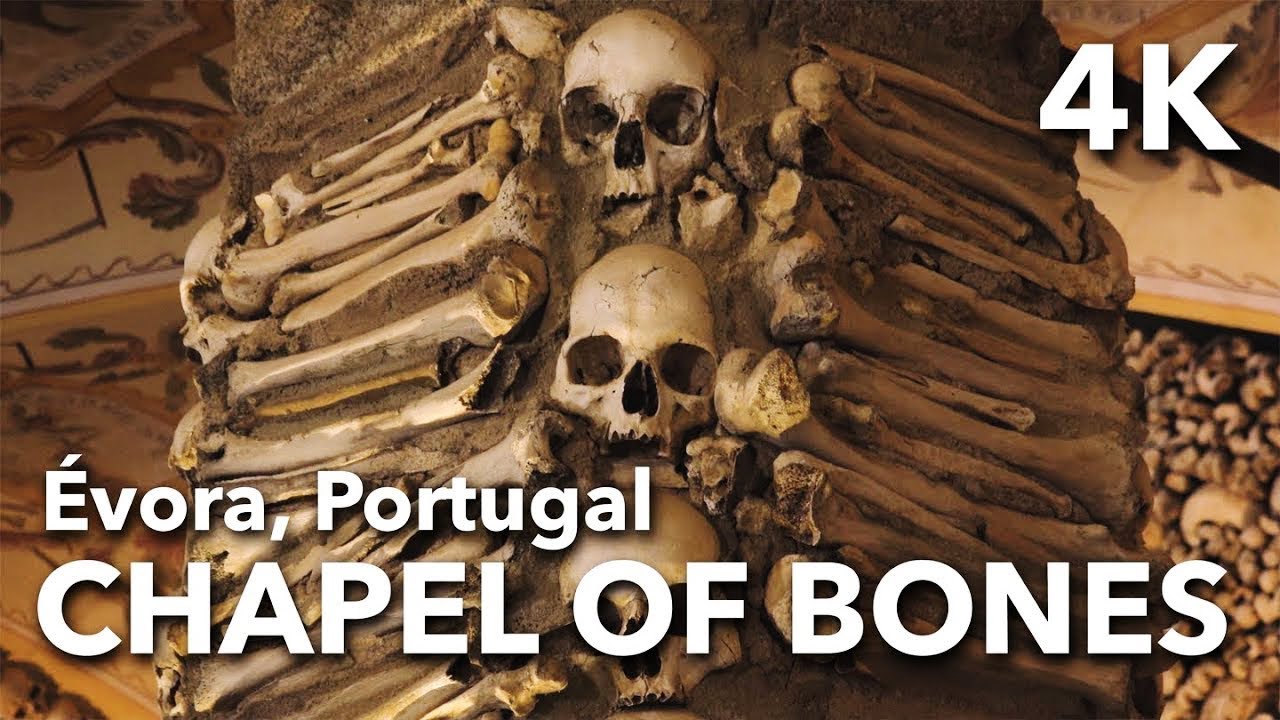
A Capela dos Ossos (The Chapel Of Bones) in Évora, Portugal in 4K | 2017
People Also Ask
Why Did They Build The Chapel Of Bones?
The tale of the Chapel is well-known. There were as many as 43 cemeteries in and around Évora by the 16th century, eating up precious territory.
The monks opted to construct the Chapel and move the bones rather than condemn the souls of those buried there.
When Was The Chapel Of Bones Built?
When the city confronted the problem of overcrowding graves in the late 16th century CE, Franciscan monks built the Chapel of Bones.
As a creative solution to the issue of congestion, bones were excavated and moved to the chapel as a memento mori, or reminder of death's inevitability.
How Many Bone Chapels Are There In Portugal?
There are at least six separate bone chapels in Portugal, with numerous more scattered over Europe.
The most renowned and ideal for travelers are the chapels in Évora and Faro, which offer the most convenient opening hours.
Why Is There A Bone Church?
Bones were brought inside the cathedral when the cemetery got full. The duty of arranging them was handed to a local woodcarver called Frantisek Rint in 1870, and he built complex displays, including a bone chandelier and ornate crests made of tibia, fibula, and femurs.
How Was The Church Of Bones Made?
A chamber was erected in 1210 to keep bones organized in cross forms when a neighboring graveyard ran out of space.
The ossuary's walls were adorned with human skulls when the church altered the façade. The inside is filled with paintings from the 16th century and has an octagonal design in Baroque style.
Conclusion
- As part of a longer road trip across Spain and Portugal, we travelled to Evora.
- We slept in Hotel Solar de Monfalim, a historic Renaissance palace, to add to our creepy experience. We experienced several strange encounters despite the fact that the place was not promoted as haunted.
- Evora may be reached by bus or Eurail if you don't have a vehicle.
- An all-day tour of Evora is an excellent way to visit the city if you are staying in Lisbon. Because old town Évora is a UNESCO World Heritage Site, tour providers offer a variety of choices, so check the fine print. We enjoy the options of this 8-hour sightseeing trip in Evora and Azeito since it includes a wine tasting in neighboring Azeito and explores the important attractions of Evora, including the bone church.

Maya Reyes
Author
Maya Reyes’s wanderlust was sparked in the temples of Luang Prabang, where the scent of lemongrass and the chants of monks revealed the transformative power of travel.
Since then, her journey has been defined by cultural immersion and authentic connections. From learning batik in Indonesia to sharing meals with nomadic families in Mongolia, Maya seeks experiences that highlight the human stories behind each destination.
Travel for her is a way to weave her narrative into the world’s cultural tapestry, creating bridges across diverse ways of life. Maya has traveled to 15 countries and shares her insights through writing and storytelling.
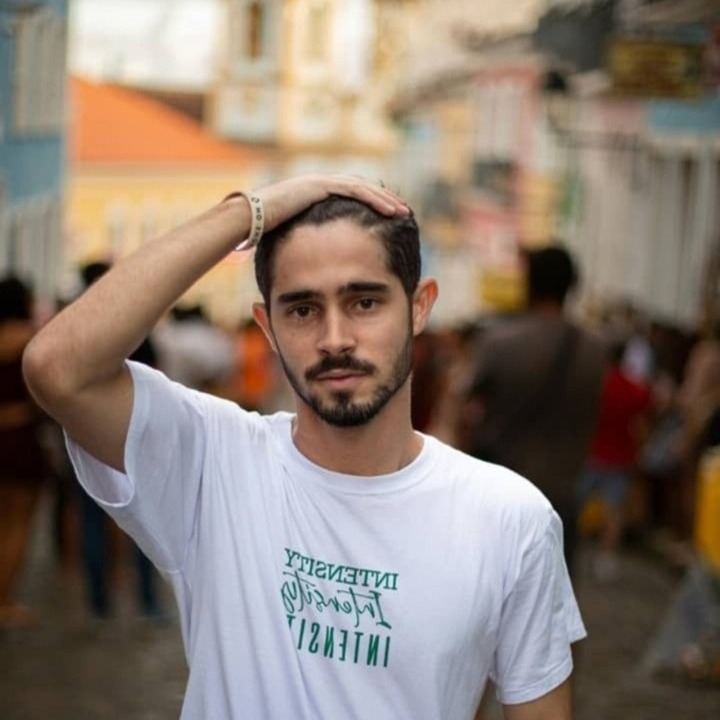
Finn Wilde
Reviewer
For Finn Wilde, the wilderness is more than just a destination - it’s a way of life. Over the past decade, he has led multiple expeditions in some of the world’s most remote regions, from the icy fjords of Greenland to the rugged trails of Patagonia.
Finn emphasizes sustainability in all of his adventures, helping participants connect with nature while promoting responsible exploration. His expeditions inspire individuals to explore the great outdoors while fostering a deep respect for the environment.
Latest Articles
Popular Articles
